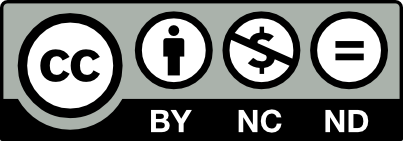Errors in Paraphrasing and Strategies in Overcoming Them
DOI:
https://doi.org/10.24191/cplt.v1i1.2826Keywords:
academic writing, paraphrasing; academic vocabulary; ESL (English as a second language); L2 learners; pedagogical strategyAbstract
Paraphrasing is an important skill in academic writing. Poor paraphrasing may lead to a distortion of the original author’s idea, concept or message and even alleged plagiarism. It is a demanding skill since it engages both reading and writing skills. Consequently, ESL (English as a second language) learners, particularly those with low proficiency in English, make numerous
errors when paraphrasing. This study seeks to identify these errors so that preventive measures such as effective pedagogic strategies and learning activities can be devised and conducted to reduce these errors. The subjects were 50 undergraduates taking an English academic reading and writing course at a Malaysian public university. The data comprised 95 answers to two questions on paraphrasing in the final examination paper for this course. The results revealed errors at three levels, namely linguistics (grammar, syntax, and lexis), conventions (writing and paraphrasing), and semantics (content of message). In addition, there was evidence of plagiarism in the subjects’ answers. However, the focus of this paper would only be on errors related to the
paraphrased content. In order to facilitate learners in horning their skills in paraphrasing, two pedagogical strategies are proposed. It is hoped that by implementing these strategies, ESL learners will be confident in using their own words to paraphrase academic texts with minimal errors.
Published
How to Cite
Issue
Section
License
Copyright (c) 2024 Yoke Len Loh

This work is licensed under a Creative Commons Attribution 4.0 International License.








